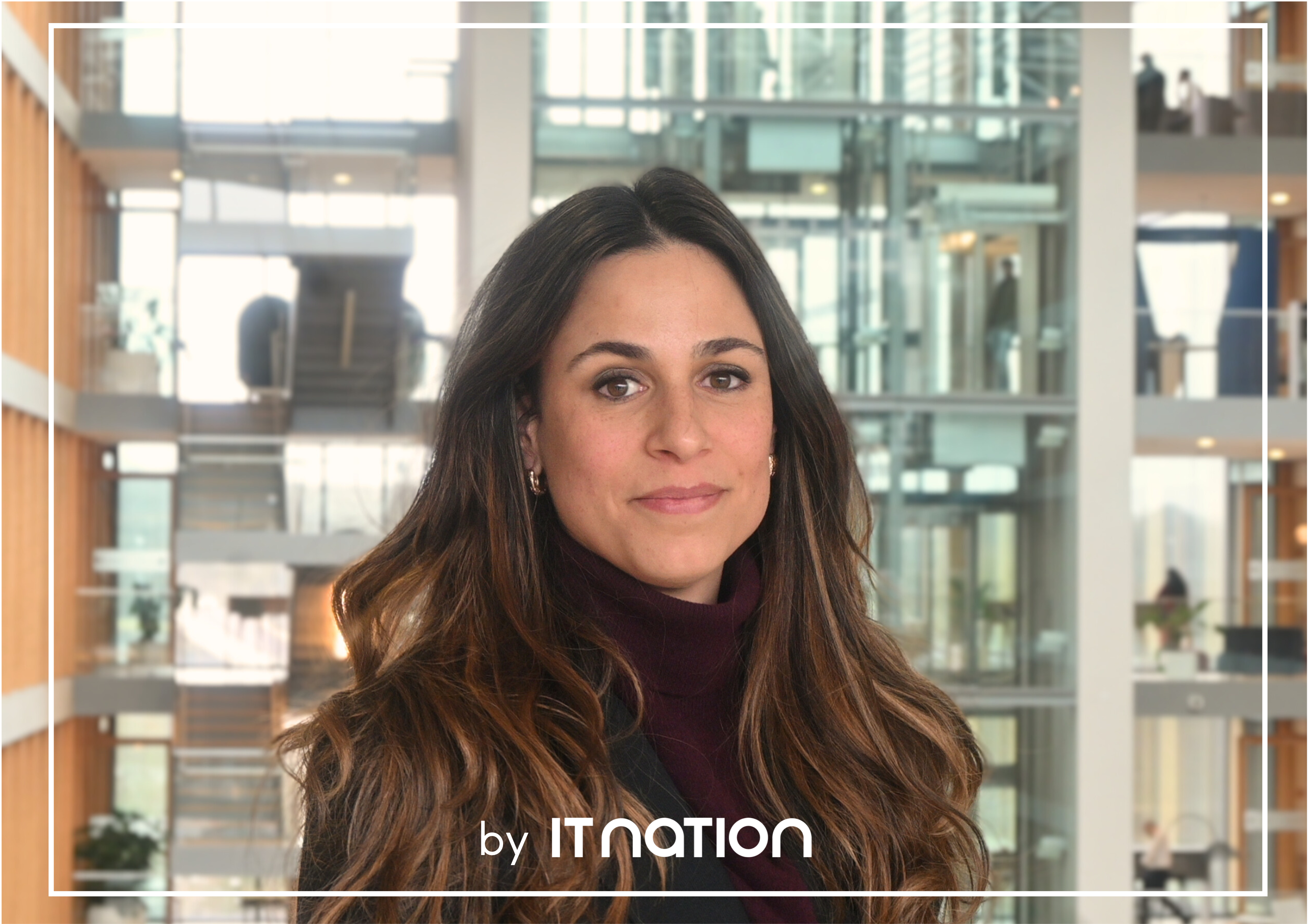HUMAN
Innovative strategies for enhancing employee experience: PwC’s blueprint
In 2025, employees may face higher performance expectations as companies push for profits and integrate AI. The debate on motivation isn’t new—Douglas McGregor’s 1960 “Theory X and Theory Y” explored whether aligning employee and company values fosters self-motivation and productivity.
February 11, 2025

To gain insights on employee experience, we spoke with Julie Martin, Senior Manager in the digital transformation team at PwC Luxembourg.
- As the largest of the Big 4 firms in Luxembourg with nearly 4,000 employees, PwC is committed to creating a workplace where every team member feels valued and appreciated. What initiatives does PwC implement to nurture this sense of belonging and individual significance among its staff?”
At PwC, we prioritise visibility and impact by engaging regularly with our staff through feedback loops and employee engagement initiatives. We utilise various tools and strategies to gather input on innovation, satisfaction, and performance, allowing team members to showcase their skills and services. This approach cultivates a strong sense of community and purpose. For instance, during the COVID pandemic, while maintaining our commitment to excellent client services, we ensured our employees’ needs were front and centre.
- While this all sounds promising, what practices help achieve such meaningful engagement and empowerment, especially for other organisations?
We embrace the four stages of design thinking, which guide our internal processes:
- Understand: We actively capture employee challenges and expectations to build a clear picture of their experiences.
- Ideate: By co-creating solutions with employees through focus groups and discussions, we shape a shared vision for the future.
- Implement: We bring proposed actions and processes to life, putting ideas into practice.
- Measure: Continuous evaluation ensures outcomes align with employee needs and organisational goals.
This method of internal improvement is complemented by extensive feedback from our valued clients. We cherish our long-standing relationships and prioritise open dialogue to understand their perspectives on our services, fostering our collective growth.
- When it comes to aligning employee suggestions with strategic goals, how can organisations navigate these sometimes conflicting priorities?
Employee suggestions should be viewed as an integral part of profitability. There’s a clear connection between employee satisfaction and positive business results; engaged employees tend to be more productive and innovative, which benefits both clients and the organisation.
By aligning employee input with strategic priorities, organisations can create situations where both business and employee satisfaction are achieved. In a collaborative environment, adaptation and compromise are essential. Just as all contributors should be part of shaping the broader strategy, both employees and leadership may need to adjust their visions to create a unified direction. In the realm of business, offering clients a suite of premium services—akin to Ferraris or Lamborghinis—can be enticing. Yet, without the indispensable staff and support to fuel these offerings, success remains elusive.
- Why is enhancing the employee experience vital from a client perspective?
Clients are quick to notice when employees are engaged and motivated. Satisfied employees excel in problem-solving, commitment to service, and often go the extra mile for clients. This connection between employee satisfaction and client experience is especially crucial in industries reliant on strong client relationships.
- Some organisations may hesitate to invest in employee engagement initiatives, fearing resistance to change. How can they overcome this?
Resistance often arises from fear of the unknown. To alleviate concerns, companies should:
- Clearly communicate the benefits of change;
- Involve employees in the early stages of the process to co-create solutions;
- Provide training and support throughout the transition;
- Share success stories to build trust and confidence.
By showcasing that these changes benefit both the organisation and the employees, resistance can significantly diminish.
- Regarding digitalisation and AI, do you believe the potential productivity gains justify the risk of losing a personal touch?
While embracing AI tools poses some risks, it also presents significant opportunities. Digital transformation allows employees to focus on higher-value tasks, as AI manages routine activities. For instance, AI copilots can manage routine tasks, allowing employees to dedicate their efforts to creative problem-solving and fostering client relationships. The tools should not be seen as replacements for human judgment and decision-making. Companies must ensure that these technologies act as enablers, enhancing efficiency and freedom, much like exoskeletons that assist workers in lifting heavy loads, thereby augmenting their effectiveness and range of motion.
Understanding these tools is therefore essential—not just in use, but in how they can assist in navigating digital change for our clients.
- How effectively do different departments collaborate at PwC?
We prioritise cross-functional synergy, fostering collaboration, communication, and discussion across teams. Regular inter-departmental meetings encourage problem-solving and innovation, ensuring diverse perspectives are included in our decision-making processes.
- From your personal perspective, in what ways do you feel valued at PwC?
I feel valued when my contributions have tangible impacts and when growth opportunities are available. PwC fosters a culture of continuous feedback and development through mentorship, training, and open discussions, emphasising the significance of my input. This support not only motivates me but also nurtures my loyalty to the organisation and enhances my drive for innovation and support.
Conclusion
Organisations like PwC illustrate that, with intentional strategies, it’s possible to cultivate a thriving work environment where employees feel empowered. At PwC, we encourage all our employees to “Walk the Talk” by “doing what we say and saying what we do,” to anchor “Excellence” and develop their sense of “Entrepreneurship” to better deliver for ourselves, our clients, and the communities we serve. By prioritising engagement, fostering collaboration, and aligning employee and organisational goals, companies can transform challenges into opportunities for growth and modernisation.